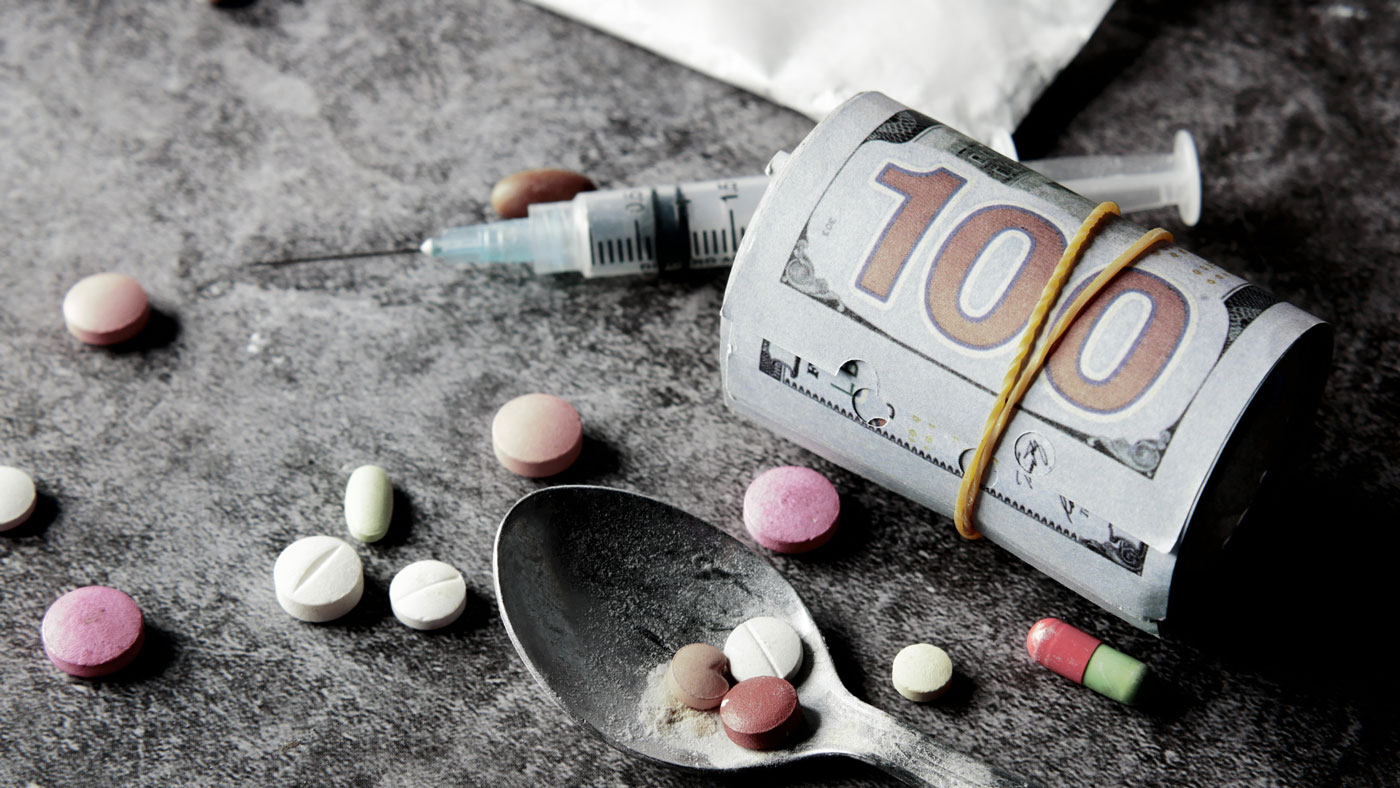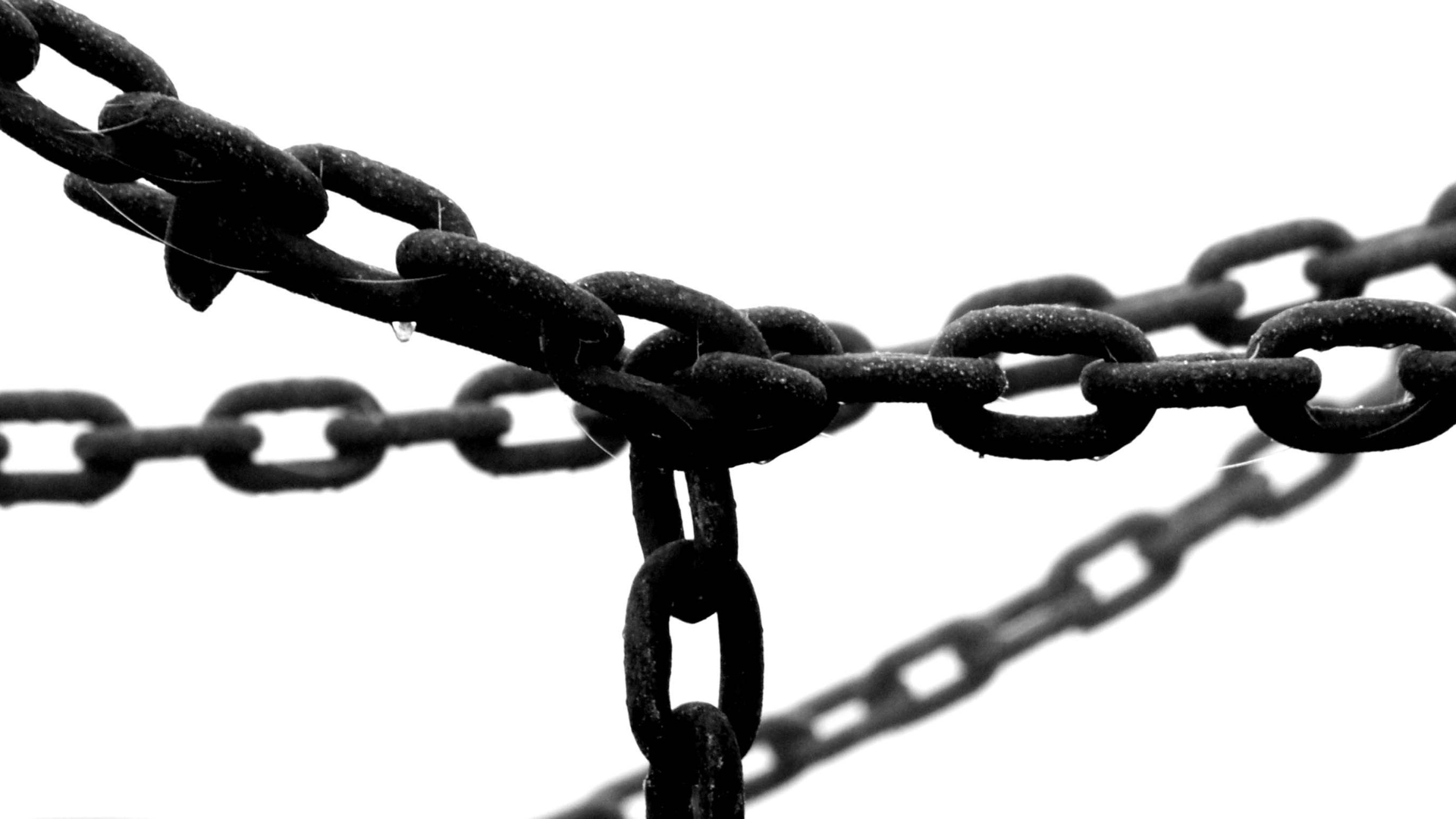
Table of Contents
Key Points
- Methamphetamine (meth) is a highly addictive stimulant drug that has serious effects and risks. It is classified as a Schedule II controlled substance.
- Meth is primarily a recreational drug that is smoked, injected, swallowed, or snorted.
- Recognizing the signs of meth use can save the life of a loved one or help you recognize harmful patterns.
- Meth addiction is challenging but treatment is available. From Detox and partial hospitalization programs to therapy and long-term support, you can heal from the inside out. hard to overcome, but treatment can be effective.
Methamphetamine, or meth, is a highly addictive stimulant that can cause serious short- and long-term effects, including addiction and overdose.[1] Based on research from the National Survey on Drug Use and Health, 101,000 people aged 12 or older used meth in 2021.[2] Meth is a growing problem. It’s important to recognize the signs of meth use and abuse to help your loved ones.
What Is Meth?
Meth is a powerful central nervous system (CNS) stimulant with a high potential for misuse and dependence. It’s classed as a Schedule II substance.[3] Though some methamphetamine is produced in the pharmaceutical industry, most of the meth in the US is illicitly manufactured.
Most street forms of meth are in the form of crystal meth, glass-like fragments, or rocks that people smoke to get an intense high. Meth may also be injected, swallowed, or snorted. The high happens quickly and can be intense, but then it fades. People often binge meth to maintain their high.
Effects of Meth
Meth carries serious risks with both short- and long-term use. The immediate effects of meth may include:[4]
- Rapid heartbeat
- Increased blood pressure
- Fast breathing
- Increased body temperature
- Overdose
- Death
With chronic use, meth can cause more serious short-term and long-term psychological and physical problems like:[5]
- Mood changes
- Violent or aggressive behavior
- Insomnia
- Memory and cognition problems
- Anxiety
- Hallucinations
- Paranoia
- Weight loss
- Malnutrition
- Heart problems
- Dental disease (meth mouth)
There are additional risks and side effects with certain routes of administration. People who inject meth may have infections, skin abscesses, and damaged blood vessels with repeated use. This also increases the risk of bloodborne infections and illnesses, including HIV, from dirty needles.
Meth Overdose
When meth is taken in high doses or mixed with other substances, such as opioids like fentanyl, it significantly increases the risk of overdose. Overdose deaths involving meth nearly tripled from 2015 in 2019, based on research from the National Institute of Health (NIH).[6] Meth overdose can be fatal without prompt medical intervention. The signs of meth overdose can include seizures, confusion, psychosis, cardiogenic shock, an increase in the heart rate, blood pressure, and temperature, and death.
If you suspect someone is overdosing, call 911 immediately and wait with them until help arrives. If you have naloxone on hand, administer it. While it won’t reverse a stimulant overdose, such as meth, it can help if they take opioids as well.
Signs of Meth Use
The signs of meth use can vary, but they may include:[7]
- Erratic behavior
- Poor work performance
- Stealing and lying
- Social withdrawal
- Aggressive behaviors
- Weight loss
- Tooth decay
- Nervous behaviors
- Poor sleep patterns
- Muscle spasms
- Sexual problems
- Track marks or meth sores in the skin
- Paranoia
- Delusions
- Hallucinations
- Memory loss
- Loss of judgment
- Irritability
- Low self-esteem
- Confusion
Signs of Meth Addiction
Meth produces an intense high that encourages repeated use, but not everyone who uses meth develops an addiction problem.
The technical term for meth addiction is methamphetamine use disorder, which is the compulsive use of meth despite problems with health, relationships, or other aspects of life. According to the Diagnostic and Statistical Manual of Mental Disorders, Fifth Edition (DSM-5), the criteria for a methamphetamine use disorder include:[8]
- Attempting to stop or reduce meth use unsuccessfully
- Failing obligations at home or work
- Continuing to use meth despite problems in interpersonal relationships
- Developing a tolerance to a drug
- Having intense cravings
- Feeling withdrawal symptoms when stopping meth use
Chronic meth use causes tolerance, which is when you need more of a substance to achieve the same effects. This leads to dependence, which is when the brain and body grow used to having meth and need it to function. When use stops, withdrawal symptoms begin.
Meth withdrawal isn’t usually fatal, but it can cause intense symptoms that may prompt relapse. Some of the symptoms of meth withdrawal include:
- Mood swings
- Intense dreams
- Insomnia
- Fatigue
- Depression
- Irritability
- Weight gain
- Anxiety
- Intense cravings
- Hunger
- Loss of interest
Treatment for Meth Addiction
Meth addiction can be difficult to overcome, but help is available. Addiction treatment involves a customized treatment plan that considers the individual’s goals, needs, and history.
Typically, addiction treatment starts with medical detoxification, or detox, to manage the symptoms of withdrawal. Detox provides a medical team in a structured setting to monitor symptoms and prevent complications. While there are no FDA-approved medications for methamphetamine withdrawal, medications can be used to manage some of the symptoms and make people more comfortable.
After detox, people may transition into a structured treatment plan. This can take place in inpatient or outpatient settings, depending on your needs. Inpatient is a residential setting that involves 24/7 care and supervision, while the outpatient setting includes treatment sessions at scheduled times, but people return home to spend time with family or sleep in their own beds.
Both inpatient and outpatient treatment offer a range of treatment modalities, including cognitive behavioral therapy (CBT), group therapy, peer-support therapy, and holistic treatments.
Get Treatment for Meth Addiction at Ocean Recovery
If you or a loved one is struggling with meth addiction, Ocean Recovery is here to help. We offer a range of treatment options for substance abuse and addiction to help people get on the path to better health and a life free from addiction. Contact us to learn more about our treatment programs.
Frequently Asked Questions About Meth and The Signs of Meth Use
OCEAN RECOVERY EDITORIAL GUIDELINES
The internet contains a vast amount of misinformation, but when it comes to your health only peer reviewed, research centered data matters. At Ocean Recovery, all content published throughout our website has been rigorously medically reviewed by a doctorate level clinician, and cross checked for medical accuracy. Our editorial process helps our readers trust that the information they are consuming is factual and based upon scientific data. Your health is our top priority, find out more about how we safeguard the integrity of information on our website. Read More About Our Process





